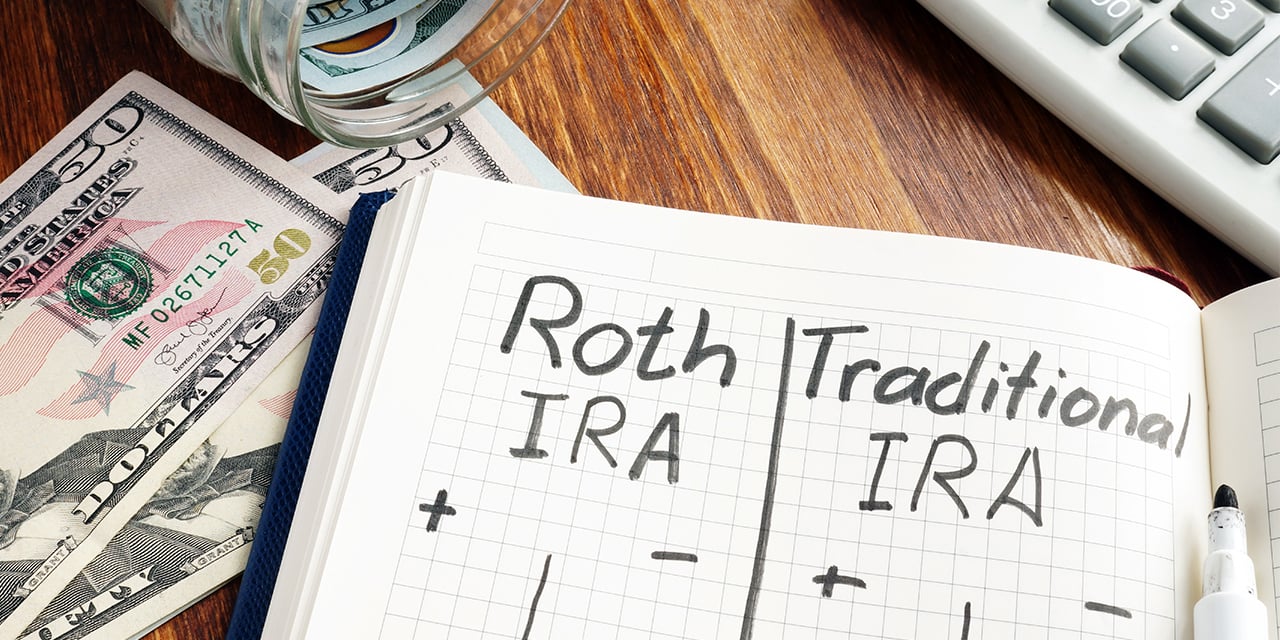
Opening Up the Backdoor Roth
This key retirement savings technique can be available even for those who aren’t eligible to fund a Roth IRA.
With a Roth IRA, you put away money without any tax benefits upfront, so that it can be withdrawn in retirement tax-free. But if your income exceeds $165,000 for single filers or $246,000 for joint filers (for 2025), you’re not eligible to contribute to a Roth. However, those higher-income taxpayers can take advantage of what’s known as a backdoor Roth contribution to accumulate additional money in these tax-favored accounts.
For those looking for additional ways to save, this technique can be a valuable strategy. While Congress has floated the idea of eliminating the backdoor Roth several times in recent years, it appears safe for the moment.
Here’s how it works:
The Process of a Backdoor Roth
The first step in this process is to contribute to a traditional IRA. This would be a non-deductible contribution, meaning it provides no tax benefit today. If your income is such that it qualifies you to make a deductible contribution to a traditional IRA, then you could also contribute directly to the Roth IRA and skip the whole backdoor process.
After the traditional IRA contribution is completed, you can then convert the funds to a Roth IRA. Because the original contribution was non-deductible, the conversion of that amount is non-taxable. Any growth on that amount between the contribution and conversion dates would be taxable, however.
In order to avoid any taxable income on the conversion, you may choose to convert the account as soon after the contribution as possible, before any growth occurs. However, there is a possibility the IRS could treat the entire transaction as a direct contribution to the Roth IRA, which you weren’t eligible for to begin with. One way to potentially avoid that treatment is put some time between the contribution and conversion, although the “safe” amount of time to wait is really unknown. The risk of the IRS disallowing the transaction may be low, but it’s best to be aware of the potential.
Other Considerations
- This transaction is best done by someone who doesn’t already have a traditional, SEP or SIMPLE IRA. If you do have one of those accounts, the “pro rata rule” will treat the converted amount as coming from both pre-tax and after-tax dollars, resulting in some (and potentially most) of the conversion amount to be taxable income. Employer plans such as a 401(k) or 403(b) aren’t treated the same, nor are accounts held by a spouse.
- Even if you don’t have one of these accounts at the time you do the backdoor contribution, funding one of them after the fact but during the same calendar year will have the same effect. For example, rolling an employer plan to an IRA in the same year you’ve done the full backdoor transaction will cause the conversion to be taxable. It’s best to do the backdoor Roth transaction in a year when no other funds will be moved into those accounts.
Completing a backdoor Roth transaction can be a tricky process, but it can be very rewarding in the end. If it seems like a strategy you might want to pursue, call your Baird Financial Advisor.
Editor's Note: This article was originally published January 2023 and was updated March 2025 with more current information.
The information offered is provided to you for informational purposes only. Robert W. Baird & Co. Incorporated is not a legal or tax services provider and you are strongly encouraged to seek the advice of the appropriate professional advisors before taking any action. The information reflected on this page are Baird expert opinions today and are subject to change. The information provided here has not taken into consideration the investment goals or needs of any specific investor and investors should not make any investment decisions based solely on this information. Past performance is not a guarantee of future results. All investments have some level of risk, and investors have different time horizons, goals and risk tolerances, so speak to your Baird Financial Advisor before taking action.


